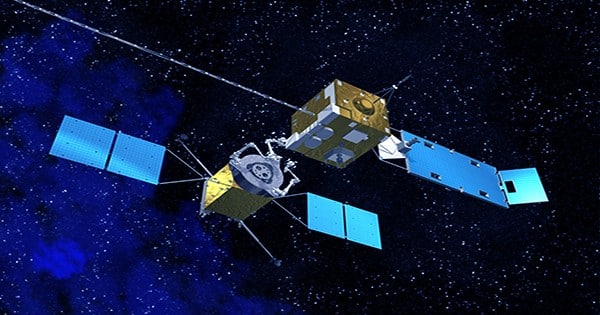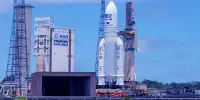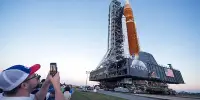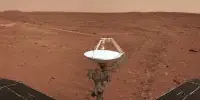Correcting 50-year-old math flaws that explain how electromagnetic waves disperse electrons trapped in Earth’s magnetic fields could lead to greater space technology safety.
“The discovery of these errors will help scientists improve their models of artificial radiation belts produced by high-altitude nuclear explosions and how an event like that would impact our space technology,” said Greg Cunningham, a space scientist at Los Alamos National Lab. “This allows us to make better predictions of what that threat could be and the efficacy of radiation belt remediation strategies.”
Heliophysics models are important tools for researchers to understand phenomena around the Earth, such as how electrons can become trapped in the near-Earth space environment and damage electronics on spacecraft, or how the Earth’s magnetic field protects us from cosmic rays and particles in the solar wind.
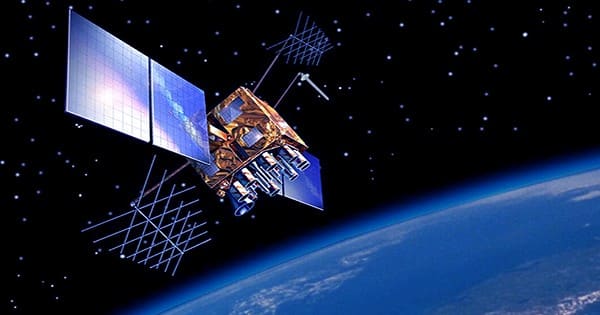
Cunningham is especially interested in investigating the Van Allen radiation belts because they are a natural counterpart to manmade radiation belts that could form following a high-altitude nuclear detonation.
“In an artificial radiation belt, electrons produced by a nuclear explosion can become trapped in the Earth’s magnetic field in the same way as naturally occurring radiation belts,” Cunningham told the BBC. “When these electrons become trapped in the inner radiation belt for many years, they could destroy existing satellites and make it impossible to deploy new ones.”
Researchers in the heliophysics community have long used quasilinear theory, which describes plasma turbulence, to study particle scattering. Simulation models based on theory are vital for learning how to preserve space technology.
Cunningham’s research, however, attempted to receive publications based on quasilinear theory and discovered inaccuracies in the long-standing equation employed by the space-physics community.
“In certain types of models, this error can impact the answer you get; you can get orders of magnitude difference in the scattering rates,” he said. “Now, researchers who have written papers over the last 20 or 30 years can go back and take a look and see whether or not this affects their work.”
“The error went undiscovered for so long simply because the research community didn’t think the original authors, who are highly cited researchers in the field, could have made this mistake,” he said.
Cunningham’s work describing the inaccuracies was recently published in the Journal of Geophysical Research: Space Physics.
